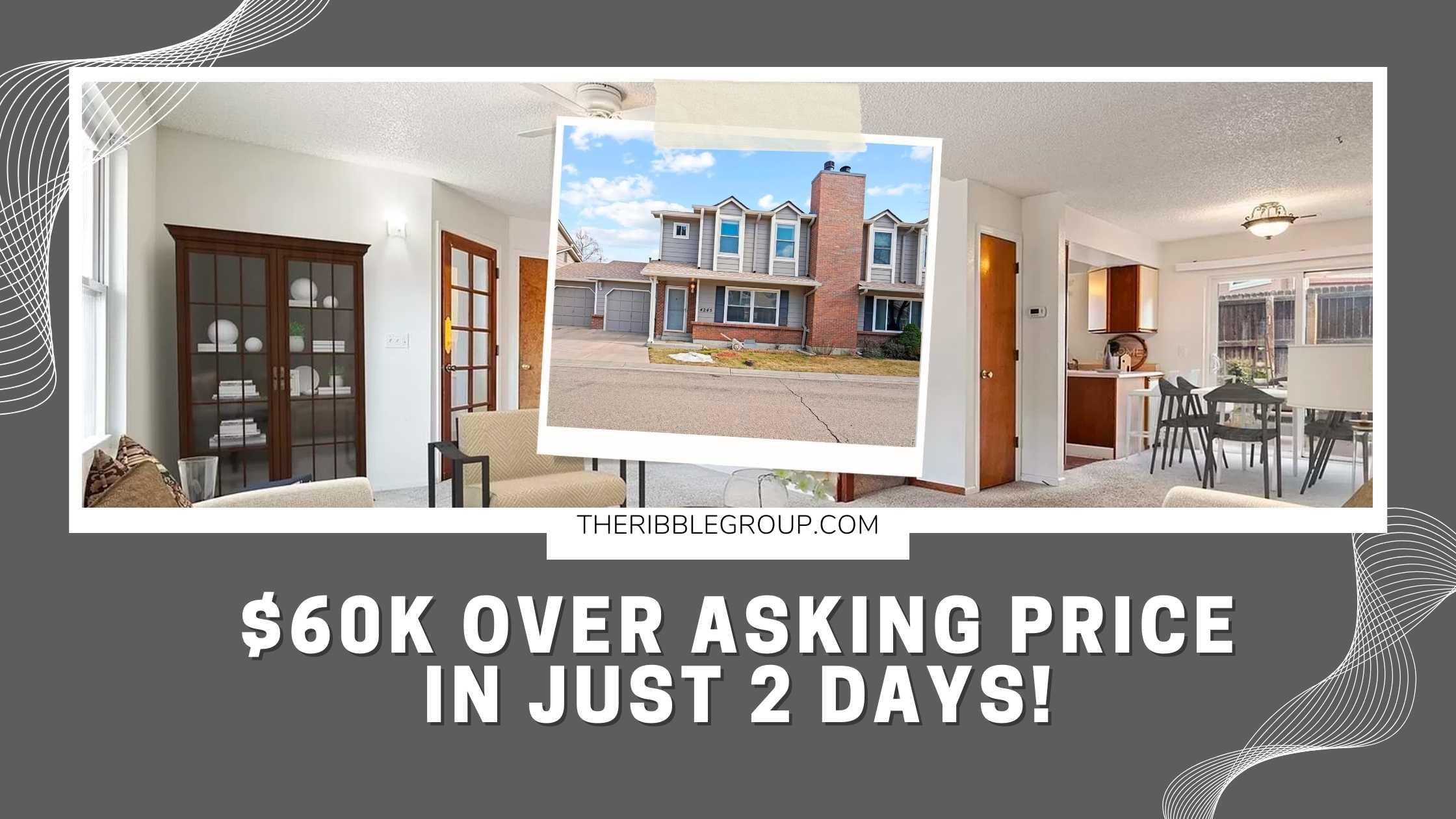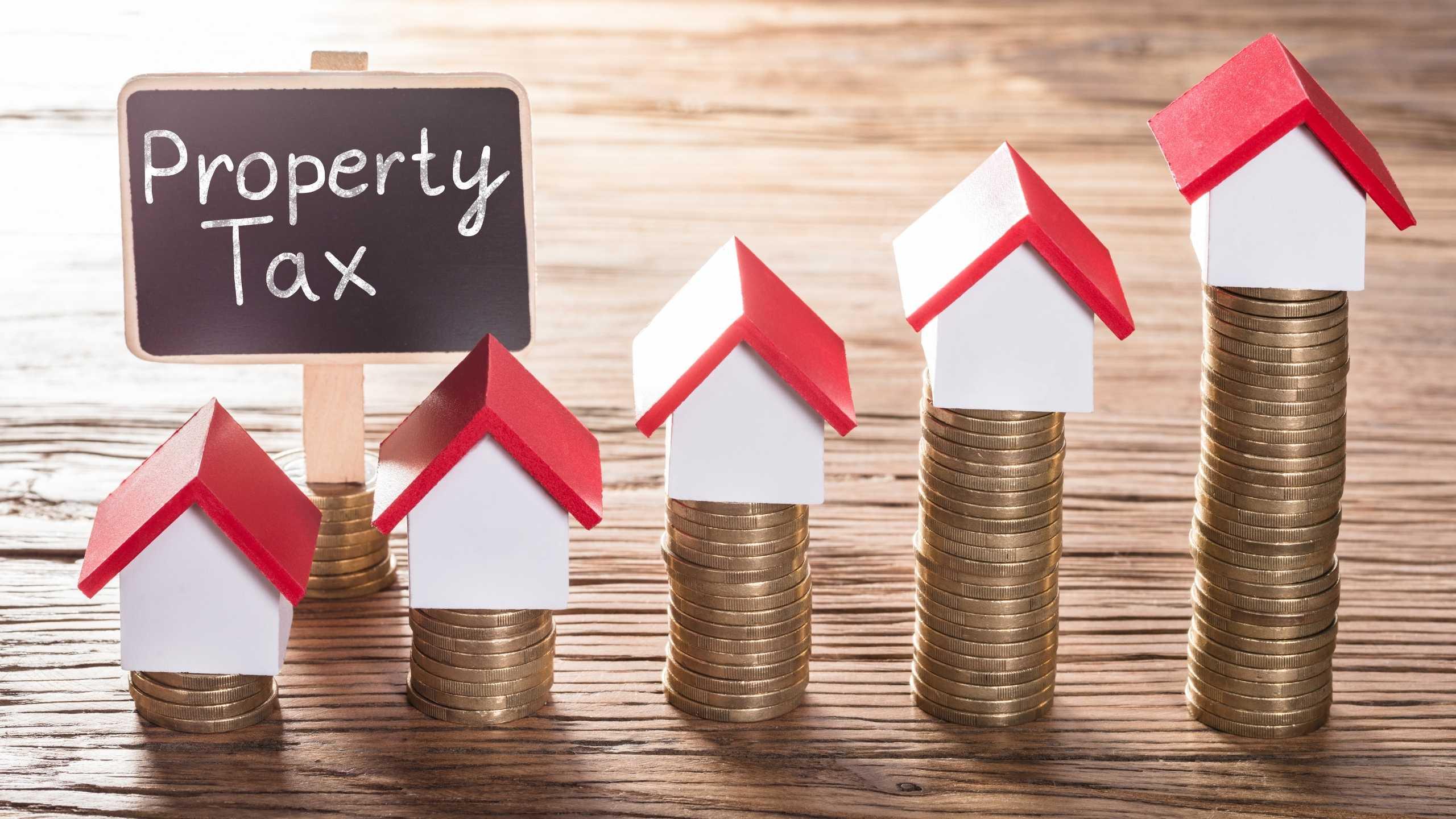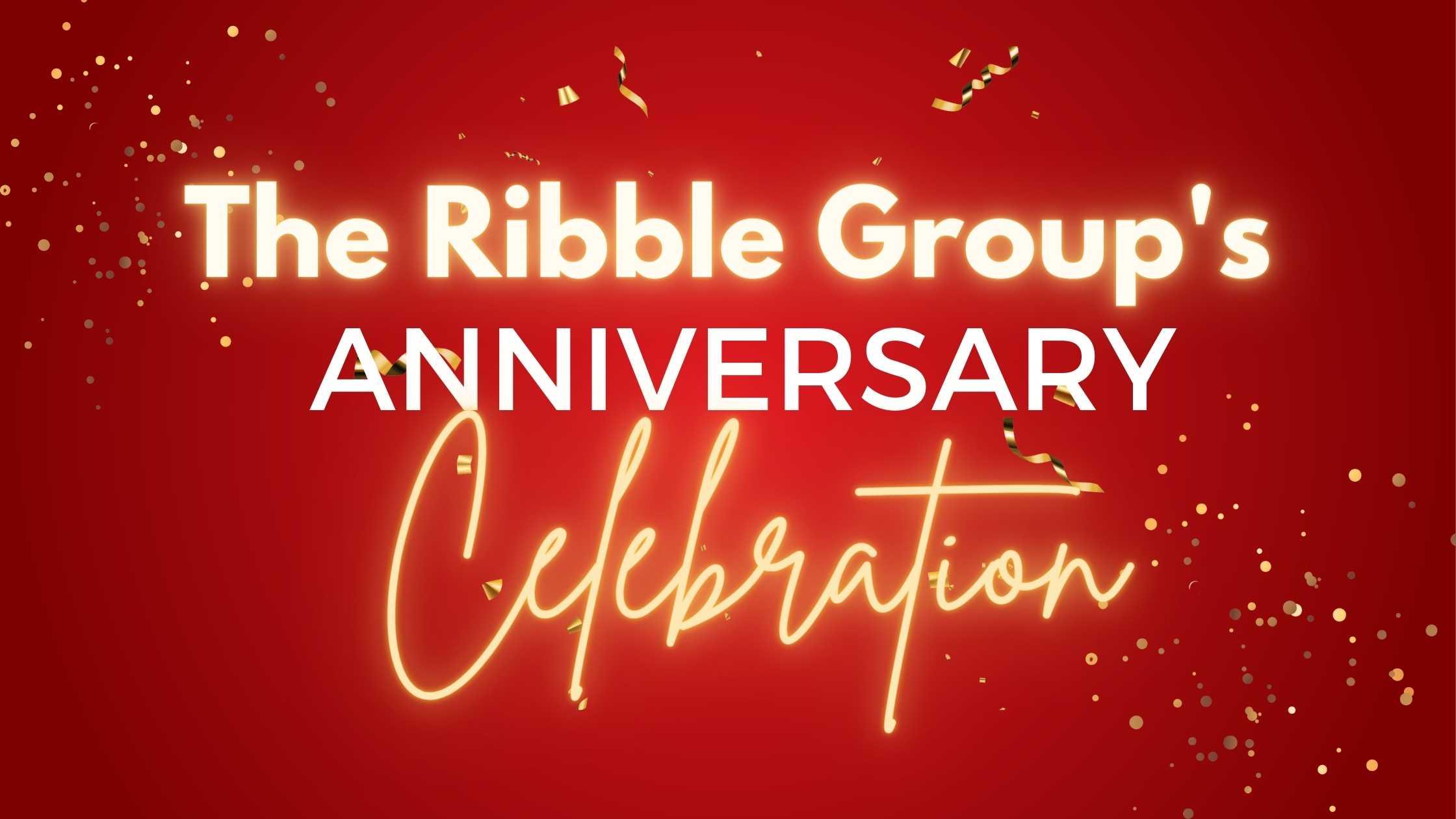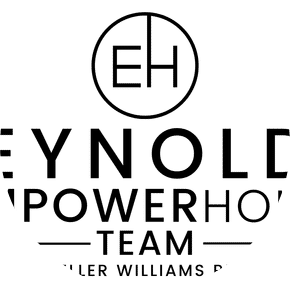A Booming 2021 Housing Market
This year, home prices in Colorado – Front Range have risen at the highest rate in history, outpacing even the housing bubble preceding the Great Recession. A strengthening economy, historically low mortgage rates, and millennials nearing their peak homebuying years have fueled high demand, and as a result, a residential housing boom where buyers have driven up home prices to record-breaking highs.
A Shift In The Market
As we know from past unfortunate events, all bubbles must pop. This leaves us all questioning, “Does what goes up come back down?” as we have entered a turning point in the housing market in Colorado – Front Range with home inventory sitting for longer and prices beginning to decrease. If the market were the same as it was in the mid-2000s, the answer would be yes, the bubble is going to pop. However, today’s market is not at all like it was before the bubble popped and ruined the US economy back in 2008. So, what we are experiencing is most likely not even a bubble.
The Difference Between Now & Then
Unlike 2008, we are experiencing a severe housing scarcity, and housebuilders are being very careful when adding new supply. The current supply scenario is the exact opposite of the building surplus of 15 years ago—there was a major overbuilding problem back then. Approximately 2 million houses were created every year at its height, compared to about 1.6 million today.
Also, during the last boom, home demand was artificially boosted because some people with little or no income could obtain loans. Loose mortgage lending practices and “anyone can get one” type of loans brought down some of the nation’s largest banks and mortgage companies. The fallout forced Congress and federal regulators to fundamentally change how mortgage lending is regulated. As a result, the mortgage marketplace is now safer than it was, ensuring that any dip in the housing market will be cushioned by these stricter regulations.
It’s important to note that in 2008 when the housing market crashed, an influx of foreclosures caused banks to pump masses of housing supply into areas with falling prices and high unemployment rates. However, in this Pandemic era, the effects of mass unemployment bear little resemblance to the Great Recession, thanks to forbearance programs that have allowed homeowners to postpone their monthly mortgage payments without suffering penalties. That being said, while the government’s moratoria have effectively stopped foreclosure activity, it has also caused a backlog of foreclosures building up. No one knows how big that backlog will be until the government programs expire in August 2021. The good news is that even if there is a rise in foreclosures when these government programs expire, it’s a far cry from the 6 million foreclosures following the 2008 crash, and banks will not make the same mistake again by flooding the market with inventory as they did last time.
Where Are We Now?
So what is the market doing? It’s balancing itself out. It’s no secret that we have surpassed the peak of this hot housing market. Housing prices have risen so dramatically that buyers are now finally backing off, demanding lower prices and a market that caters to them. That being said, the market is still heavily skewed toward sellers, but this shift means we are returning to a more balanced real estate market following the most active sales period in years.
In conclusion, a broad price decline or a “crash” is very unlikely. The housing market will continue to attract buyers due to record low mortgage rates and an increase in new listings. This should give those who are considering making a move the confidence to move forward with selling and/or buying a home. We would love to serve you in your move and we are looking forward to hearing from you!




 By submitting information, I am providing my express written consent to be contacted by representatives of this website through a live agent, artificial or prerecorded voice, and automated SMS text at my residential or cellular number, dialed manually or by autodialer, by email, and mail.
By submitting information, I am providing my express written consent to be contacted by representatives of this website through a live agent, artificial or prerecorded voice, and automated SMS text at my residential or cellular number, dialed manually or by autodialer, by email, and mail.


